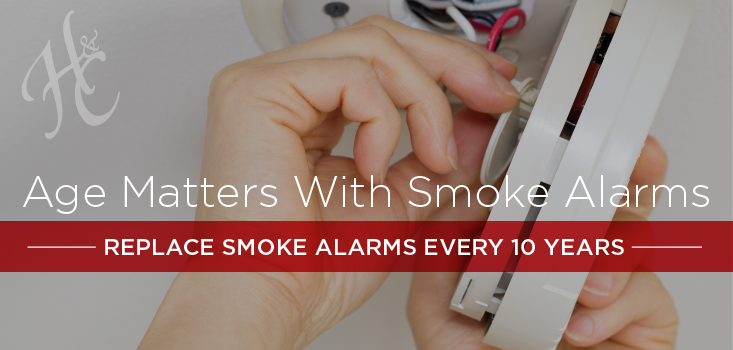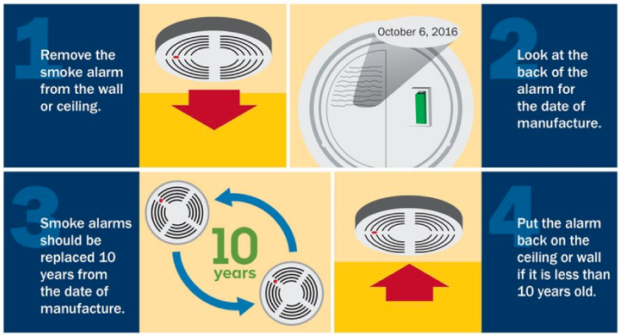
In 2015, the National Fire Protection Association (NFPA) estimated that fire departments respond to a structure fire at a home every 86 seconds. Those house fires cause an astounding 2,500 deaths and $7.3 billion in losses annually. To bring about safety and prevention, the National Fire Protection Association dedicates a week in October to Fire Prevention Week. This year, the theme was “Don’t Wait— Check the Date!” to encourage proper maintenance of smoke alarms.
The Facts on House Fires
The NFPA recently released their report on Home Structure Fires. The report contains some important and alarming facts on fires in homes across America:
- The leading cause of house fires is cooking equipment, which is attributed to 46% of these types of blazes.
- Since 1980, the number of fires per year has decreased by almost half; however, the death rate per 1,000 fires has only decreased by 1%, from 7.1 in 1980 to 7.0 in 2015.
- In 2014, 60% of fire-related deaths happened in homes that had no operational smoke alarm in the house.
- Home structure fires peak during cool months with most fires occurring in January (11%).
Don’t Wait— Check the Date!
Smoke alarms are one of the best ways to prevent injury and death during a house fire. It’s important to not only have smoke alarms in the house, but also to have them working properly and placed effectively. 52% of all home fire deaths happen between 11:00 p.m. and 7:00 a.m., pointing to the necessity of an effective smoke alarm system in homes.
According to an NFPA report, in 20% of all U.S. homes with smoke alarms, the smoke alarms aren’t working; three out of five home fire deaths result from fires in properties without smoke alarms (38%) or with no working smoke alarms (21%).
Some homeowners may not realize that the life of a smoke alarm is 10 years from the manufacturing date. The NFPA is encouraging everyone to check the manufacturing date on the back of their smoke alarms. If an alarm is found to be older than 10 years, the NFPA recommends it be replaced immediately.

(Infographic Source: NFPA)
In conjunction with checking the manufacturing date of a smoke alarm, the NFPA offers these tips and best practices:
- Interconnected smoke alarms, those that all sound when one is triggered, are the most effective type of smoke alarms.
- Place smoke alarms inside and outside of each sleeping area. There should also be at least one smoke alarm per level of a house.
- Test smoke alarms monthly. Batteries should be replaced at least once per year or if the alarm does not sound when tested.
- For those who are deaf or hard of hearing, you can purchase smoke alarms that will shake your bed, flash a strobe light, or sound at a combination of frequencies.
While we have made significant strides in reducing the rate of household fires, there still is much progress to be made towards prevention and safety. Encourage your policyholders to test their smoke alarms, check the manufacturing date, and make replacements and upgrades as needed.
